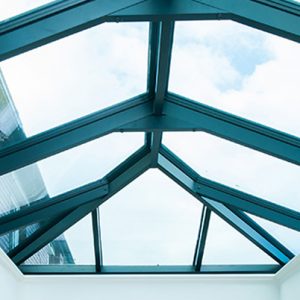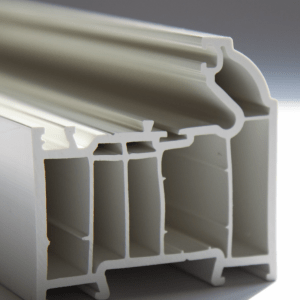Awning Window
An awning window is a type of window that is hinged at the top and opens outward from the bottom, creating an “awning” effect. This design allows the window to be opened even during rain, as the angled top prevents water from entering. Awning windows are often used in areas where ventilation and protection from the elements are desired, such as bathrooms and kitchens. They offer excellent natural light and airflow while maintaining privacy and weather resistance.
Description
The Benefits and Features of Awning Windows
Awning windows, named for their ability to create a small “awning” when open, are a popular choice in both modern and traditional home designs. These windows are hinged at the top and open outward, usually operated by a crank or lever. Their unique design offers several benefits, making them an excellent option for various rooms and climates.
Design and Functionality
Awning windows are distinctive due to their horizontal orientation and top-hinge design. When opened, they create an awning-like effect that allows for ventilation while providing protection from rain. This makes them ideal for areas that experience frequent wet weather, as they can be left open during a drizzle without letting water into the home.
Advantages of Awning Windows
1. Enhanced Ventilation:
Awning windows are designed to catch breezes from any direction. Because they open outward, air can flow freely into the home, even if it’s raining. This makes them perfect for bathrooms, kitchens, and other areas where moisture and humidity can be a problem.
2. Weather Resistance:
The top-hinged design helps keep rain out while allowing air to circulate. This feature is particularly beneficial in regions with heavy rainfall, as it provides ventilation without compromising weatherproofing.
3. Security:
Awning windows are often smaller and positioned higher on the wall, making them more difficult for intruders to access. Additionally, their design allows for secure locking mechanisms, further enhancing home security.
4. Energy Efficiency:
Many awning windows are equipped with advanced sealing technologies and double or triple glazing. These features help to reduce air leakage and improve insulation, making them an energy-efficient option for homeowners looking to lower their heating and cooling costs.
5. Versatility in Placement:
Awning windows can be placed higher on walls than other types of windows, allowing for more natural light and ventilation in rooms where privacy is important. They can also be used in combination with other window types, such as fixed windows, to create a more dynamic and aesthetically pleasing design.
Ideal Locations for Awning Windows
1. Bathrooms and Kitchens:
Due to their excellent ventilation and moisture resistance, awning windows are ideal for areas with high humidity. They can help reduce mold and mildew growth by allowing steam to escape, even during inclement weather.
2. Basements:
In basements, awning windows can be placed high on the walls to let in natural light and fresh air while maintaining privacy and security.
3. Living Areas:
When combined with large fixed windows, awning windows can provide ventilation without obstructing the view. They are often used above or below picture windows to create an elegant and functional design.
4. Bedrooms:
For bedrooms on the ground floor, awning windows offer a secure way to let in fresh air while maintaining privacy. They can be installed higher up on the wall, reducing the risk of unauthorized entry.
Considerations When Choosing Awning Windows
1. Size and Placement:
The size and placement of awning windows should be carefully considered to maximize their benefits. Larger windows will provide more ventilation and light, but their higher placement on the wall may limit accessibility.
2. Operation Mechanism:
Awning windows can be operated by a crank or a lever. Homeowners should choose the mechanism that best suits their needs and preferences. Crank-operated windows are often easier to use, especially in hard-to-reach places.
3. Material and Finish:
Awning windows are available in various materials, including wood, vinyl, aluminum, and fiberglass. Each material has its advantages and drawbacks in terms of durability, maintenance, and aesthetic appeal. Homeowners should select a material that complements their home’s architecture and meets their durability and maintenance requirements.
Conclusion
Awning windows are a versatile and functional choice for any home. Their unique design provides excellent ventilation, weather resistance, and security. By carefully considering their placement, size, and operation mechanism, homeowners can enjoy the many benefits that awning windows have to offer. Whether used in isolation or in combination with other window types, awning windows can enhance the comfort, efficiency, and aesthetics of any living space.




Reviews
There are no reviews yet.